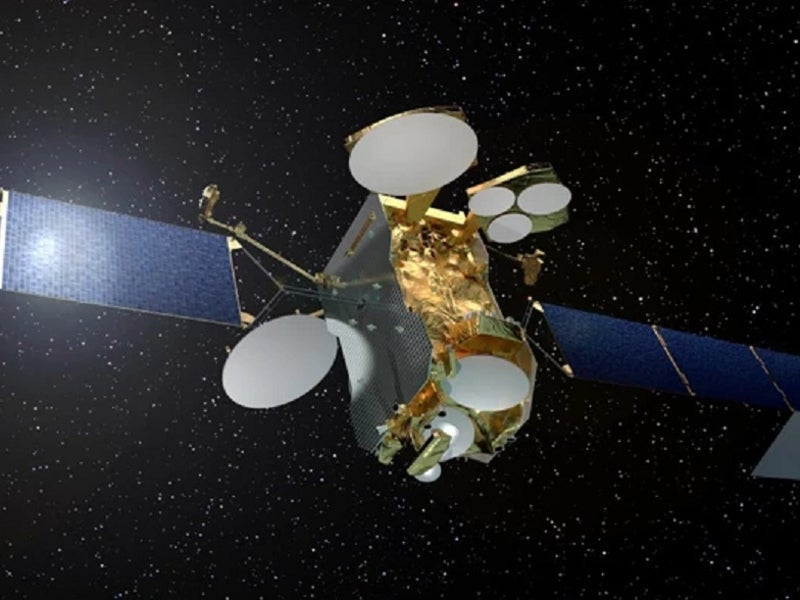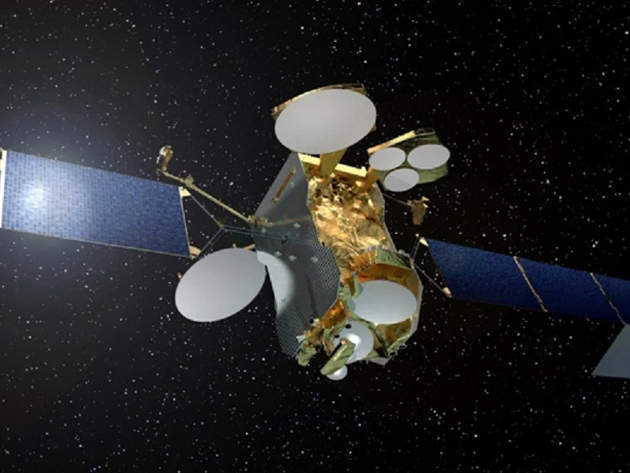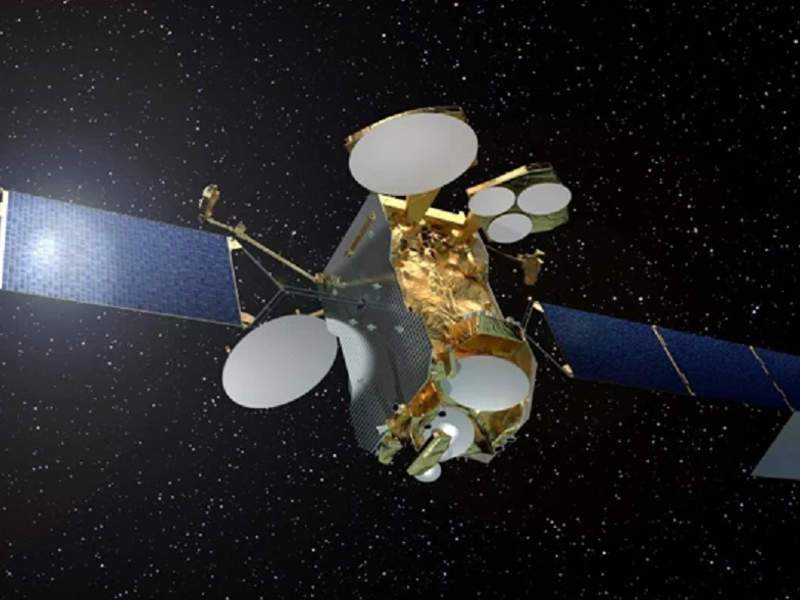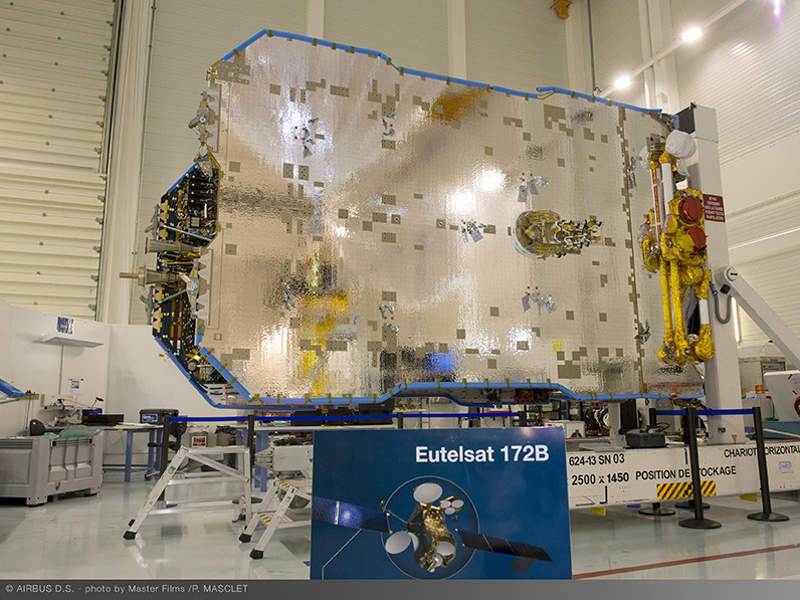
The all-electric Eutelsat 172B communication satellite was launched into the geostationary equatorial orbit (GEO) on top of the Ariane 5 launch vehicle in June 2017. The satellite replaced its predecessor, 172A, at 172°E longitude orbital position to provide continuity and expansion capacity at the prime gateway for satellite services in the Asia-Pacific region.
The operations of the 172B are managed by Eutelsat. It is the third all-electric satellite in the Eutelsat constellation, which included the launch of the first two satellites, namely Eutelsat 115 West B and 117 West B, in March 2015 and June 2016 respectively.
The Eutelsat 172B was selected by the Panasonic Avionics Corporation for offering trans-Pacific and Asian in-flight broadband and live TV services for commercial airlines.
The satellite entered full commercial service in November 2017.
Eutelsat 172B satellite design, features and development
The Eutelsat 172B satellite design, assembly, and construction contract was awarded to Airbus Defence and Space in July 2014.
The satellite has a launch mass of 3,500kg and an electric power of 13kW. It features three payloads and includes two deployable solar arrays and batteries. The design lifespan of the satellite is 15 years.
The 172B was manufactured at Airbus Defence and Space facility located in Toulouse. The satellite construction was completed in January 2017. It was transported to the launch site in French Guiana in March 2017.
Details of the satellite bus platform for Eutelsat 172B
The satellite is based on Eurostar E3000 platform manufactured by Airbus Defence and Space. It uses Safran/Snecma PPS-5000 electric propulsion for initial orbit raising and all on-orbit manoeuvres. The satellite’s in-orbit raising took approximately four months.
The all-electric platform for the satellite was developed in collaboration with ESA and CNES under the framework of the Plan d’Investissements d’Avenir (PIA) programme. It includes deployable robotic arms, which are used for orientation of the satellite’s electric propulsion thrusters and to control thrust direction and attitude.
Eutelsat 172B satellite communication capabilities
The satellite has C-band, regular Ku-band, and high throughput Ku-band payloads. The C-band payload includes 14 transponders, which helps in delivering increased power and broader coverage to augment service and expands new growth markets in South-East Asia.
The regular Ku-band payloads with 36 transponders offer double capacity at 172°E orbital location covering North Pacific, North East Asia, South East Pacific, South West Pacific, and South Pacific areas.
The high-throughput Ku-band payload with 11 transponders provides in-flight broadband connectivity over the Pacific Ocean, delivering an overall throughput of 1.8Gbps. It also features multiple user spots optimised to serve densely used Asian and trans-Pacific flight paths and interconnected to gateways.
Eutelsat 172B satellite launch vehicle details
The Eutelsat 172B satellite was launched on-board Ariane 5 ECA rocket. The satellite launch operations were managed by Arianespace.
The launch was performed from Guiana Space Centre at Kourou in French Guiana.
Control centres for Eutelsat’s satellites
Eutelsat fleet of satellites are monitored by four main control centres located in France, Italy, and Mexico.
The satellite control centre (SCC) controls and monitors all the satellites in the company’s fleet. The communications system control centre (CSC) monitors all transmitted services such as analogue and digital video, as well as business and internet protocol (IP) services.
The Eutelsat Americas control centres monitor all the services transmitted by Eutelsat 117 West A, Eutelsat 115 West A, and Eutelsat 113 West A satellites.






